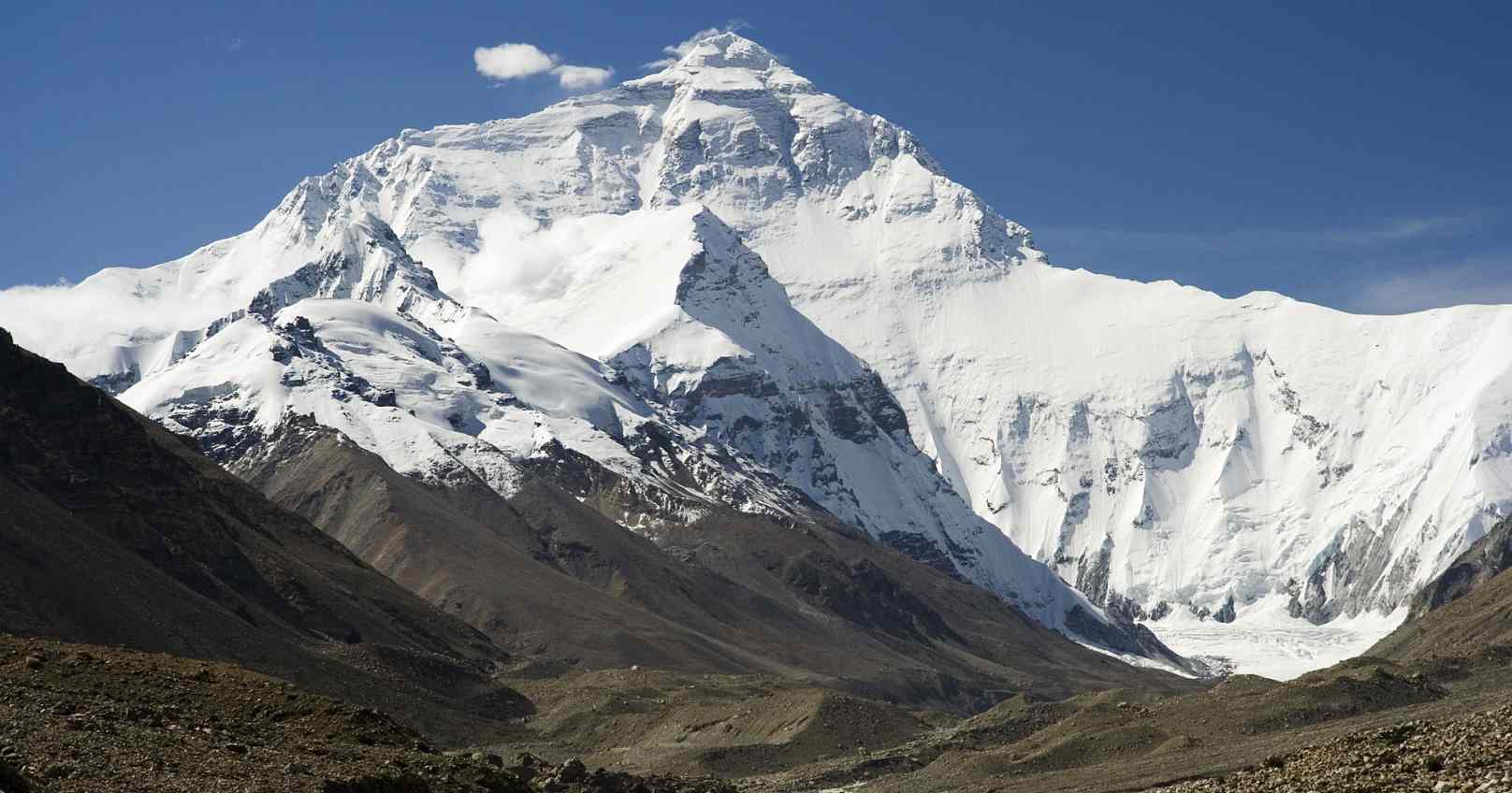A new scientific report has issued a dire warning about the future of glaciers in the Hindu Kush Himalaya, a vital lifeline for nearly two billion people across Asia. The study finds that if global temperatures rise by 2°C above pre-industrial levels, the region could lose as much as 75% of its glacier ice by the end of the 21st century.
Published in the journal Science, the research underscores the severe climate vulnerability of the Himalayas and the cascading effects this could have on freshwater availability throughout the continent.
If global warming can be held to 1.5°C — the target set in the Paris Climate Agreement — the Himalayan and Caucasus regions could retain between 40% and 45% of their ice, the researchers estimate. Worldwide, this would preserve around 54% of existing glacier volume. But if emissions remain unchecked and the planet warms by 2.7°C, only about a quarter of global glacier mass is expected to survive.
Glaciers that support densely populated and economically important areas, such as the European Alps, North America’s Rockies, and Iceland, face near-total loss. Under 2°C of warming, these areas could shrink to just 10-15% of their current ice levels. The outlook is even worse for Scandinavia, where projections point to a complete disappearance of glaciers.
The findings were released as over 50 countries gather in Dushanbe, Tajikistan, for the United Nations' first conference dedicated to glaciers.
Speaking at the summit, Yingming Yang, Vice-President of the Asian Development Bank, warned of the devastating consequences. “The rapid retreat of glaciers endangers the lives and livelihoods of more than two billion people in Asia alone. Shifting to clean, renewable energy is crucial to slow this alarming trend.”
The research team examined more than 200,000 glaciers worldwide using eight different modelling systems to simulate their future under various global warming scenarios. Their conclusions were clear: even if warming were halted, glacier loss would continue for decades, with lasting impacts stretching well beyond the 21st century.
Co-lead author Dr. Harry Zekollari stressed the stakes: “This study shows that even small differences in temperature will shape the fate of our glaciers. The decisions made today will echo for generations.”







